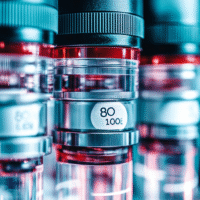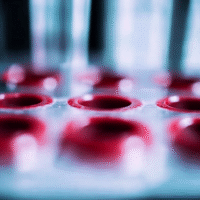Understanding the Clinical Trial Results
What was the study about?
This study looked at a new treatment for dry eye disease (DED), which is a common condition that makes your eyes feel dry and uncomfortable. The treatment used is called propylene glycol-hydroxypropyl guar (PG-HPG) nanoemulsion, a special eye drop designed to help improve eye moisture.
What worked?
- The study showed that using PG-HPG drops twice a day for three months led to significant improvements in eye health markers.
- Specifically, the eye’s tear film (the moisture layer) improved, and there was a reduction in the dryness of the eye surface.
What didn’t work?
- Some tests, like the Schirmer’s test (which measures tear production), did not show significant changes.
- Other measures of eye surface health did not improve as expected.
How does this help patients or clinics?
This treatment could offer relief for patients with mild to moderate dry eyes, making their daily life more comfortable. Clinics can consider using PG-HPG as a new option for managing dry eye disease.
Real-World Opportunities for Hospitals and Doctors
- Introduce PG-HPG nanoemulsion drops in eye care practices for patients with dry eye disease.
- Educate patients about this new treatment option during consultations.
Measurable Outcomes to Track
- Monitor changes in tear film osmolarity to see if moisture levels improve.
- Keep track of patients’ symptoms and comfort levels over time.
AI Tools for Eye Care
- Consider using AI tools for tracking patient symptoms and outcomes. These tools can help analyze data and improve treatment plans.
Step-by-Step Plan for Clinics
- Start by introducing PG-HPG drops to a small group of patients with mild to moderate dry eye disease.
- Collect data on patient responses and eye health improvements.
- Gradually expand the use of PG-HPG based on positive results and patient feedback.
- Train staff on the new treatment and how to educate patients about it.
Learn More
For more detailed information about the study, you can read the full research article here.




























